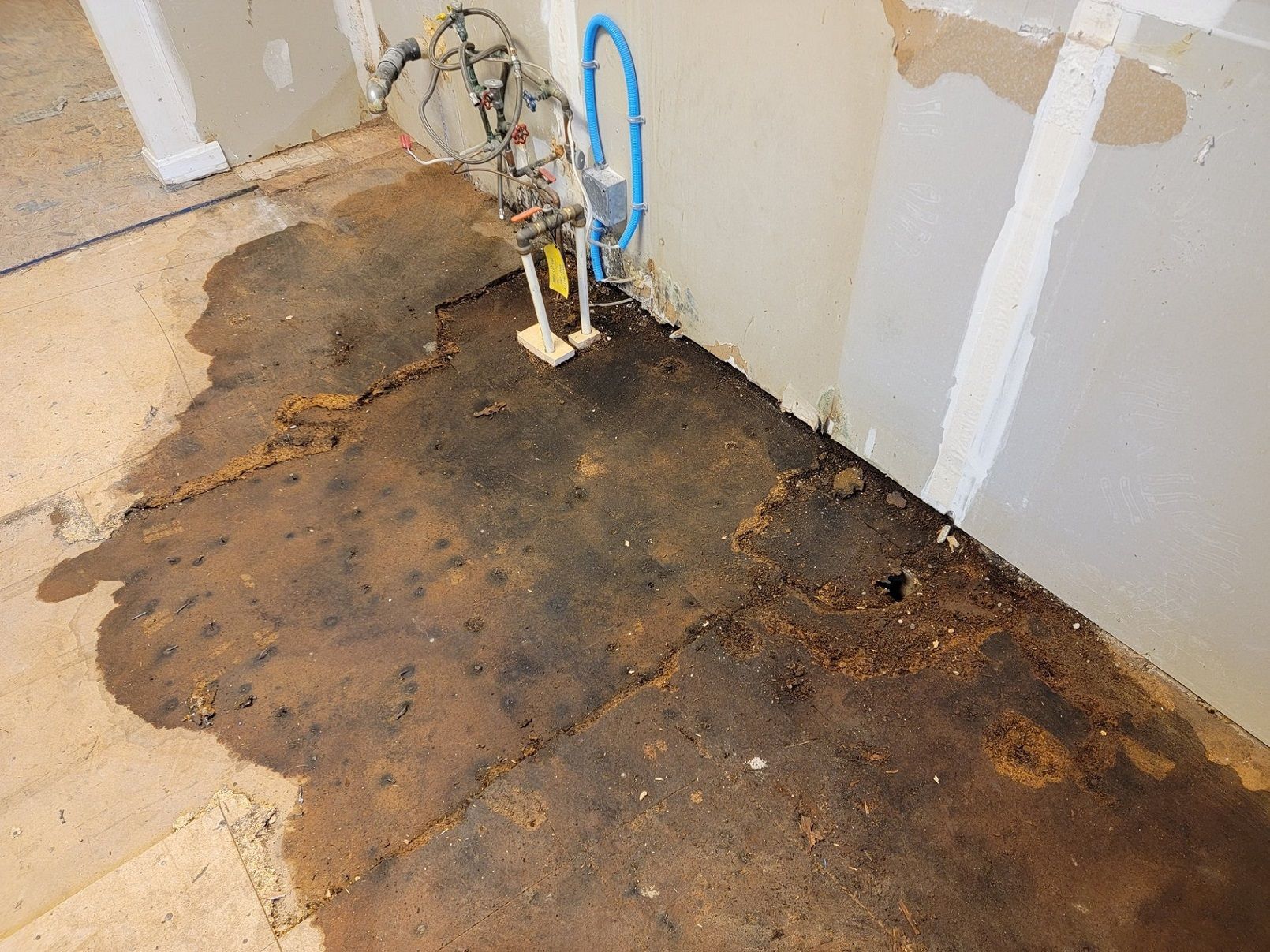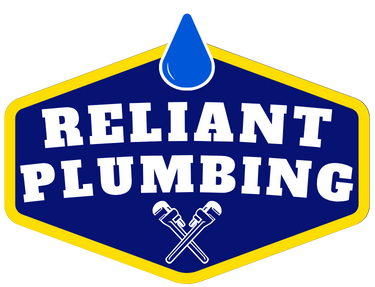
🚨 Hidden Water Leaks: How to Spot Them Before They Wreck Your Home
Just because you can’t see a leak doesn’t mean it’s not causing serious (and costly) damage.

Introduction
Not all plumbing issues are obvious. In fact, some of the most damaging water leaks are completely hidden behind walls, under floors, or inside ceilings. These concealed leaks can quietly lead to structural rot, mould growth, and inflated water bills—all without a single visible puddle.
For homeowners in Cambridge, identifying and addressing hidden leaks early is crucial. In this article, we’ll cover the warning signs, common causes, and best steps to take if you suspect one.
1. What Is a Hidden Water Leak?
A hidden leak is any plumbing leak that isn’t visible to the naked eye. These leaks often occur:
- Inside walls or ceilings
- Beneath floors or slabs
- In crawl spaces or basements
- Under appliances or cabinetry
Since the water is escaping where you can't see it, the damage may go unnoticed until it becomes severe.
2. Signs You Might Have a Hidden Leak
Watch for these early red flags:
- Sudden spikes in your water bill
- Musty smells or persistent damp odours
- Peeling paint or bubbling drywall
- Warped flooring or baseboards
- Stains on ceilings or walls
- Mould or mildew appearing with no visible source
- The sound of dripping or running water when no taps are on
Even one of these signs may indicate a leak that’s been quietly causing damage for weeks or months.
3. Common Causes of Hidden Leaks
Hidden water leaks can come from several sources:
🔧 Aging or Corroded Pipes
Older homes with galvanized steel or cast iron piping are especially prone to corrosion and pinhole leaks.
🚿 Leaky Fixtures or Appliances
Showers, tubs, dishwashers, washing machines, and fridges can all leak water into surrounding walls or floors.
❄️ Frozen or Cracked Pipes
In Cambridge winters, pipes can freeze and crack behind walls—especially if they’re uninsulated or in cold areas.
💦 Improper Plumbing Connections
Loose fittings or poor workmanship during installation can result in slow leaks that worsen over time.
4. How Hidden Leaks Cause Serious Damage
Because they go undetected, hidden leaks often cause long-term damage before you even know they’re there:
- Mould growth, which can be harmful to your health
- Structural rot in framing, flooring, or joists
- Electrical hazards if water reaches wiring
- Decreased home value due to unseen water damage
The longer the leak continues, the higher the repair bill.
5. What to Do If You Suspect a Hidden Leak
If you notice any of the above signs, take action:
- Check your water meter when no water is running—if it moves, there’s a leak.
- Inspect high-risk areas like under sinks, behind toilets, and in the basement.
- Use a moisture detector or thermal imaging camera to locate damp spots.
- Call a plumber to conduct a full inspection and leak detection.
A professional plumber can pressure-test your system and use non-invasive tools to pinpoint the leak’s exact location.
Final Thoughts
Hidden water leaks are silent but destructive. They don’t announce themselves with puddles or flooding—but the damage they cause can be extensive. Being aware of the signs and acting early can save you thousands in future repairs.
If you suspect a leak behind your walls or under your floors, don’t ignore the signs. Get it checked out before it turns into a major plumbing disaster.
